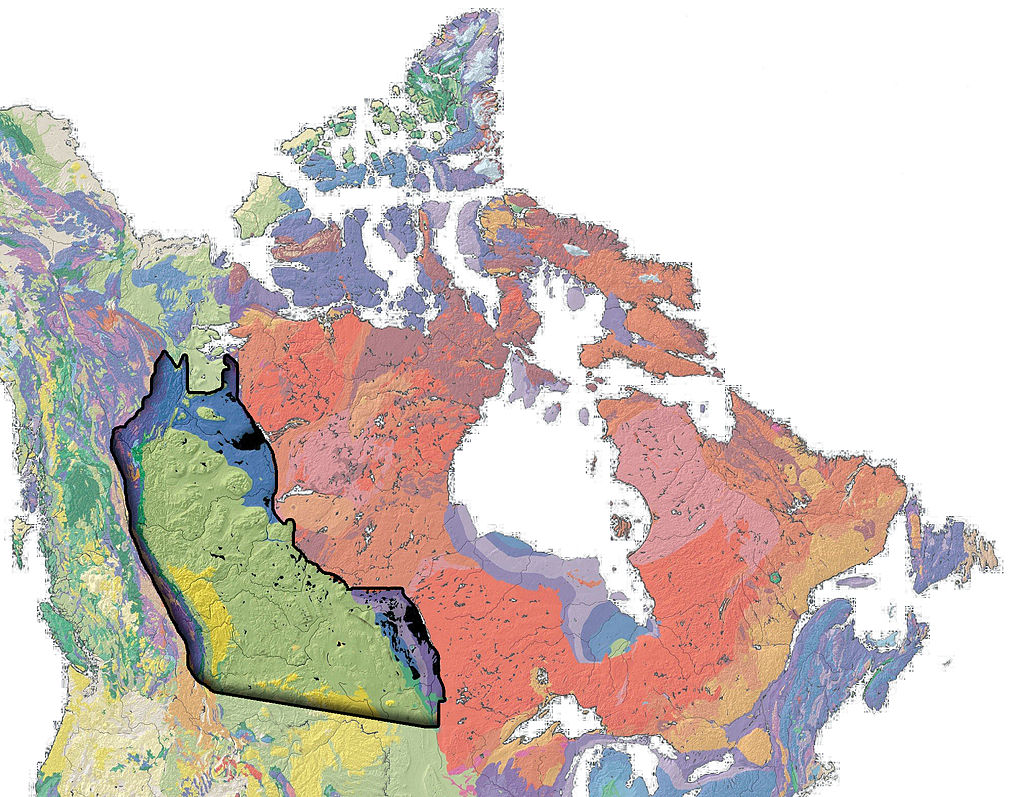A group of scientists at the Canadian Nuclear Laboratories has assessed the potential for large-scale seasonal underground hydrogen storage (UHS) in geological formations in Canada.
UHS has multiple advantages over conventional, above-ground energy storage, including higher storage pressures, a smaller surface footprint, higher safety standards, lower environmental impacts, longer operating lifetimes, and reduced specific investment costs, the researchers said in “Geologic feasibility of underground hydrogen storage in Canada,” which was recently published in the International Journal of Hydrogen Energy.
Their work provides a spatial, geotechnical, and lithological assessment for geological formations suitable for UHS in several Canadian regions.
“Previous research in Canada relating to carbon capture and storage (CCS), the geological storage of natural gas, and siting of a deep geological repository (DGR) for nuclear waste has been referenced as it provides invaluable insight for UHS,” the research group said.
Currently, the best locations for UHS are salt caverns, deep saline aquifers, depleted oil and gas deposits, and lined or unlined rock caverns.
“Sedimentary formations considered for UHS in this report are found between 400 and 2000 m below ground surface, as this is the depth where most existing gas storage operations occur,” the scientists said.
The study points out the Western Canada Sedimentary Basin (WCSB) and southern Ontario as the most suitable areas for UHS, due to “a wealth of natural resources.” The WCSB is a vast sedimentary basin in Western Canada. It includes parts of southwestern Manitoba, southern Saskatchewan, Alberta, northeastern British Columbia, and the southwestern corner of the Northwest Territories.
According to the academics, the region shows relatively low risk for a catastrophic seismic or volcanic event. It contains a wealth of bedded halites, deep saline aquifers, and oil and gas fields.
“Additionally, certain areas found within the St. Lawrence basins could be suit-able for hydrogen gas storage, such as halokinetic and bedded salts found in Nova Scotia, and deep saline aquifers in southeastern Quebec,” the scientists said. “Renewable energy operations can be found in close proximity to these outlined areas, underscoring the potential for coupling these energy sources with power-to-gas technology southern Ontario has a multitude of solar and wind operations, in addition to four nuclear power generating stations, whereas numerous wind operations are present in the WCSB, Atlantic Canada, and southeastern Quebec.”
This content is protected by copyright and may not be reused. If you want to cooperate with us and would like to reuse some of our content, please contact: editors@pv-magazine.com.




1 comment
By submitting this form you agree to pv magazine using your data for the purposes of publishing your comment.
Your personal data will only be disclosed or otherwise transmitted to third parties for the purposes of spam filtering or if this is necessary for technical maintenance of the website. Any other transfer to third parties will not take place unless this is justified on the basis of applicable data protection regulations or if pv magazine is legally obliged to do so.
You may revoke this consent at any time with effect for the future, in which case your personal data will be deleted immediately. Otherwise, your data will be deleted if pv magazine has processed your request or the purpose of data storage is fulfilled.
Further information on data privacy can be found in our Data Protection Policy.